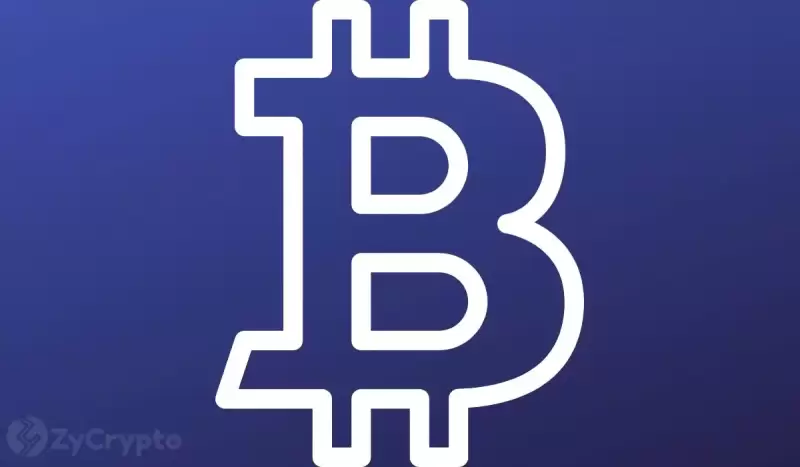 |
|
 |
|
 |
|
 |
|
 |
|
 |
|
 |
|
 |
|
 |
|
 |
|
 |
|
 |
|
 |
|
 |
|
 |
|
Cryptocurrency News Articles
The crypto market was in a chill, and the price of Bitcoin fell all the way from $109,000
Apr 26, 2025 at 07:10 am
In the spring of 2005, the crypto market was in a chill, and the price of Bitcoin fell all the way from $109,000 at the beginning of the year to a low of $75,000.

In the spring of 2005, the crypto market was in a chill, and the price of Bitcoin fell all the way from $109,000 at the beginning of the year to a low of $75,000.
The sluggish trading volume is accompanied by market fluctuations. Various tracks have been shut down one after another, the sector effect has disappeared, and only sporadic currency movements have captured the market's short-term attention.
However, in such a sluggish market, the stablecoin market presents a completely different picture: according to data from Artemis, as of April 2025, the total market value of stablecoins has reached US$231.6 billion, a significant increase of 51% compared to US$152.6 billion in the same period of 2024.
While the overall crypto asset market is weak, stablecoins continue to expand. So the question is: if the constantly issued stablecoins do not flow into cryptocurrency investment, where do they go?
Beyond encryption, stablecoins are quickly taking root in the real world
As the infrastructure of the blockchain world, stablecoins not only dominate on-chain transactions, but are also the core tools for crypto users to exchange tokens, perform DeFi operations, and transfer money.
However, its influence has long surpassed the boundaries of encryption and is taking root and growing in the real world.
In terms of market capitalization, stablecoins directly account for 5% of the total market capitalization of cryptocurrencies. If companies that manage stablecoins and blockchains whose main business is stablecoins (such as Tron) are included, this proportion reaches 8%.
It is worth noting that mainstream stablecoin issuers adopt an operating model similar to MasterCard, reaching end users through intermediaries such as exchanges and payment service providers.
Take Argentina as an example. Although local crypto exchanges LemonCash, Bitso, and Rippio are not well-known globally, their user base has reached an astonishing 20 million, equivalent to half of Coinbase's user base, while Argentina's population is only one-seventh of that of the United States. Lemon Cash alone generated about $5 billion in trading volume last year, mainly in stablecoin-related transactions.
What is even more thought-provoking is that according to Artemis data, of the total stablecoin circulation of US$206.78 billion as of March 2025, traditional CEX, DeFi and other encryption scenarios only account for a small share, and as much as 67% (US$138.6 billion) of stablecoins flow into the "unclassified application" field.
Most stablecoins flow in data blind spots that are not clearly tracked, and their secrets are kept in black boxes outside of encryption.
In the black and gray trade, stablecoins are circulating "stably"
On the dark side of social rules, stablecoins are weaving a huge black and gray industry network.
Liu Ping (pseudonym), who works in cross-border e-commerce, said that although regular USD payment platforms such as Airwallex, Payoneer, and PingPong all require strict qualification review and real order data, "someone always needs other solutions", especially those merchants who sell counterfeit goods, infringing goods, or arms contraband. These illegal merchants either purchase the platform's "black and gray backdoor" account opening rights at a high price, or directly use USDT to receive and pay.
As Liu Ping explained, the corresponding industrial chain grows in the dark. After illegal merchants receive payments through the platform's "black and gray backdoors", they quickly exchange them for USDT with the help of underground banks and withdraw. "This is equivalent to those who open backdoors for illegal merchants eating the losses of their own company."
In the field of advertising, she also mentioned some more covert operations: "There are black and gray accounts that specialize in placing illegal advertisements on platforms such as Facebook, such as guns and ammunition. Most of the funds for advertisers to recharge are stolen credit cards. Some people specialize in purchasing stolen credit card limits, recharging them into advertising accounts, and then selling them at a discount with USDT. An advertising account worth $2,000 may only cost $1,500 to $1,700 using USDT."
"Cross-border merchants actually want to use USDT for settlement because it is flexible, has no price difference, and can avoid asset risks to a certain extent. However, formal platforms have licenses, accept US dollars, and exchange rates must also comply with regulations," Liu Ping said frankly.
"But formal platforms have licenses, they accept U.S. dollars, and exchange must comply with regulations. The essence of the black and gray backdoor is to leave a time window for scammers to an opportunity to use USDT to run away. Small amounts are directly withdrawn, and the platform suffers;
Disclaimer:info@kdj.com
The information provided is not trading advice. kdj.com does not assume any responsibility for any investments made based on the information provided in this article. Cryptocurrencies are highly volatile and it is highly recommended that you invest with caution after thorough research!
If you believe that the content used on this website infringes your copyright, please contact us immediately (info@kdj.com) and we will delete it promptly.
-

-

- Did the fourth Bitcoin halving event prove to be a positive catalyst for the cryptocurrency and its valuation?
- Apr 26, 2025 at 11:55 pm
- Bitcoin (BTC -0.59%) hit a value of more than $100,000 last year, for the first time ever. Did the fourth Bitcoin halving event prove to be a positive catalyst for the cryptocurrency and its valuation?
-

- BTC Bull Token ($BTCBULL) Is Leading the Charge - and It Could Be the Smartest Way to Ride Bitcoin's Next Wave
- Apr 26, 2025 at 11:50 pm
- For years, the 'Magnificent 7' – tech giants like Apple, Amazon, and Microsoft – ruled the markets with an iron fist. Their stocks carried portfolios, and every big dip was a chance to 'buy the winners.'
-

-

-

-

- It’s not just MicroStrategy with its $51 billion in Bitcoin: Even smaller, Nasdaq-listed companies are bullish
- Apr 26, 2025 at 11:40 pm
- Semler Scientific purchased an additional 111 Bitcoin, pushing its total holdings to 1,873 BTC as the Santa Clara, California-based healthcare tech firm continues to expand its Bitcoin treasury.
-

-





























































